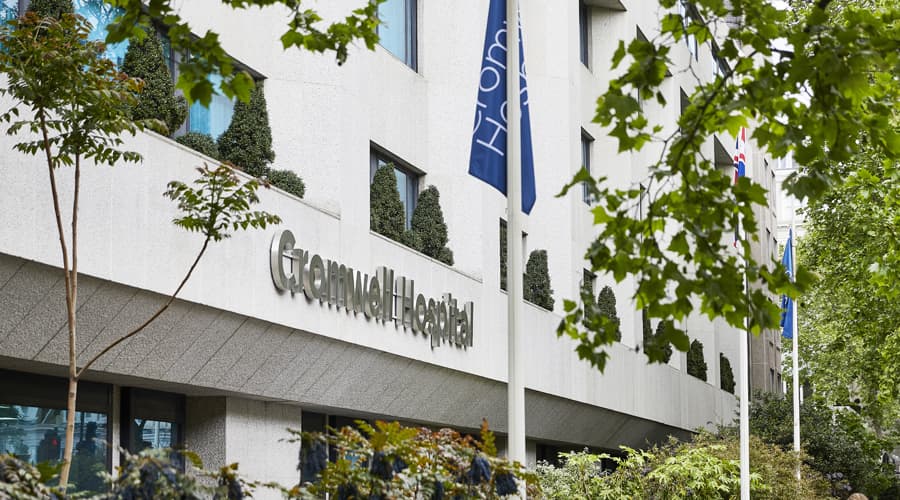Meniscal tears
A common injury to the knee cartilage that often happens during sports or because of age-related wear and tear.
What are meniscal tears?
The knee joint is cushioned by thick pads of rubbery cartilage called menisci. The meniscal cartilage can be torn in a number of ways, such as a sharp twisting movement or a direct blow to the knee.
Meniscal tears can happen when playing sports that require sudden changes of direction, such as football, squash, or skiing.
Your knee cartilage can also be damaged as a result of bone conditions such as arthritis.
Most meniscal tears that cause symptoms don’t heal by themselves and will need some form of treatment.
You’ll usually need to go to A&E with this kind of injury, and will likely be referred to an orthopaedic surgeon for diagnosis and a treatment plan.
Meniscal cartilage provides cushioning and reduces friction in the joint. If the cartilage is torn, the jagged edges affects smooth movement in the joint, causing inflammation, trapped tissue, locking, swelling, and the knee giving way.
Damaged cartilage can also lead to bone damage and arthritis as the knee bones catch against each other.
When the meniscus tears, you have the following symptoms:
- pain in your knee – some people only have mild pain, and for others, the pain may come and go
- swelling, usually several hours after the injury
- feeling as though your knee is catching or locking, usually when your knee is bent
- your knee feeling ‘loose’, as though it’s going to give way
- being unable to bend and extend your knee fully
- your knee may feel tender along the line of the joint
Your consultant will ask you to describe your symptoms and will carry out physical tests to see how well your joint moves.
You may need an MRI scan to confirm whether the meniscus has torn.
Treatment of meniscal tears
The treatment you’re offered will depend on where the tear is, how big it is, how severe your injury is, and your age.
Self-care
Initially, you can control your pain and swelling by resting, icing, and elevating your knee. You can manage pain and swelling with over the counter anti-inflammatory medicines.
Physiotherapy
If you have a minor tear in your cartilage, it is possible to strengthen the muscles around your knee to compensate for the damage and reduce the symptoms. Our team of physiotherapists may give you a programme of exercises to help your knee recover.
Surgery
Your consultant may recommend surgery for your torn meniscus if the mechanical symptoms have not improved with physiotherapy. Surgery may involve resection of the torn fragment or repair of the tear.
Meniscal repair is usually carried out through keyhole surgery (arthroscopy), using a small video camera and monitor and small surgical instruments.
Your surgeon might repair the tear or smooth the jagged piece of cartilage by trimming or shaving the edges.
Recovery from surgery takes around two weeks. You would expect to return to normal within six weeks to three months following surgery.
If meniscal repair is done, you will be provided with a new brace and will be partially weight-bearing for four to six weeks. The outside stitches will need to be removed in two weeks. You will also need to follow the PRICE regime (protection, rest, ice, compression, elevation).
You will need to use crutches depending on the type of surgery as per recommendation from your surgeon. You will be referred to physiotherapy according to the treatment plan.
Normally you can return to work within a few days for desk-based jobs. Manual jobs may require four to six weeks before you can return. You will be able to drive after a couple of weeks.
Paying for your treatment
We welcome both self-paying and insured patients.
Self-pay patients
We offer several ways for patients to self-pay, including pay-as-you-go and self-pay packages.
Insured patients
At Cromwell Hospital, we accept private health insurance from most major providers, including AXA, Aviva, Bupa, and Vitality.
Our locations

Book an appointment today
Call us now for appointment bookings, general queries, and personalised quotes.
Alternatively, you can contact us using our online form.
